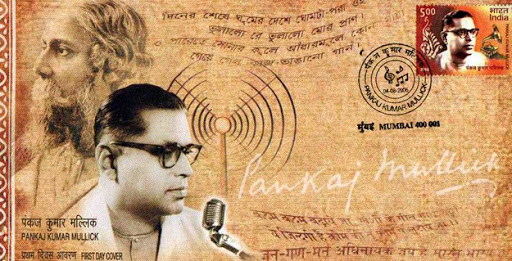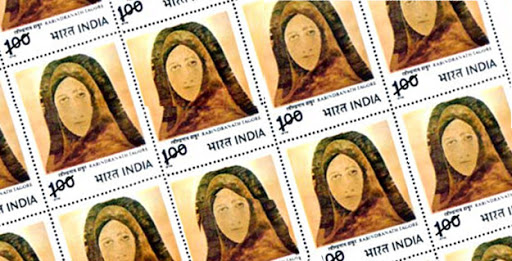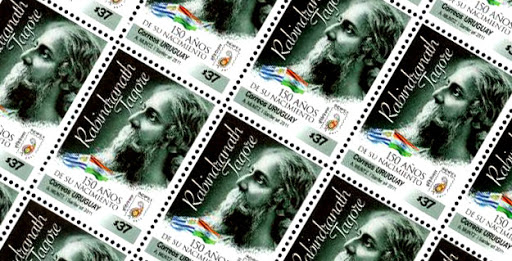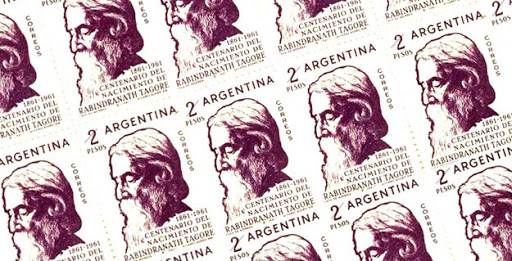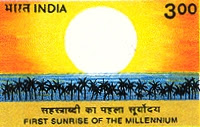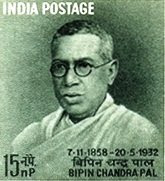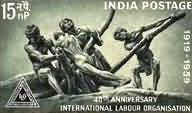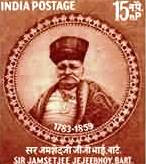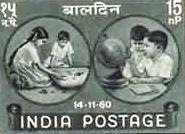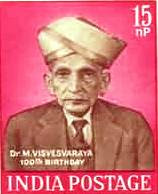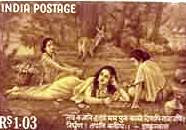Theme :Events-national and international
Title:First Sunrise Of The Millennium. - Greetings
Date Of Issue:1-Jan-2000
Denomination:300(Ps)
No/Issue Sheet:40
Some Facts About First Sunrise Of The Millenium
1.When and where did the Sun first rise at the beginning of this millennium?
Questions about the times of sunrise and sunset can usually be answered without reference to a specific year, since the Sun's position in the sky is almost the same from year to year on any given date. For places at low to middle latitudes, a sunrise/sunset table computed for some specific year can be used in any year. However, at polar latitudes the differences are magnified and, for such places, a sunrise/sunset table for one year may differ from the table for another year by many minutes. So although the basic Earth-Sun geometry on any given date is pretty much the same from year to year, we must be careful when we have to consider places in the arctic or antarctic. Some people say the millennium began on the first day of the year 2000 and others say it began on the first day of 2001 (see "The 21st Century and the 3rd Millennium"). The answer to the "first sunrise" question is almost the same for both years. It depends to some extent on the exact question you are asking.
It is also important to realize that on any January 1, the Sun is continuously above the horizon across most of Antarctica. Therefore, if the question is really, "Where will the Sun first be seen after the beginning of the new millennium?", the answer is simple: Antarctica.
However, if you are really interested in the first sunrise, the question becomes more involved. The fundamental issue is when you think a new day, or a new year, begins. Does it begin at local midnight, in the time zone defined by the local jurisdiction? Or does it begin at midnight on the meridian of Greenwich, England (the zero longitude meridian), that is, 0 hours Greenwich Mean Time? Astronomers refer to the latter instant as 0 hours Universal Time (0h UT) and that is the usage here.
The Washington Prime Meridian Conference of 1884, which established the Greenwich Meridian as the prime meridian, did not settle this matter. The final resolution states:
That the Conference proposes the adoption of a universal day for all purposes for which it may be convenient, and which shall not interfere with the use of local or other standard time where desirable.
Thus the two conflicting definitions are enshrined in international law. In the following, we define local time as the time zone (civil time) established by the local governing authority, except in Antarctica. In Antarctica (and the surrounding waters), local time, as used here, is the time zone defined by the nearest meridian of longitude that is an integer multiple of 15°.
2. Where is the line of sunrise at 0h UT on January 1?
At 0 hours UT the Sun is rising along a line that runs from about 650 km east of Kerguelen Island in the Indian Ocean to about 640 km east of Amsterdam Island, through the Nicobar Islands, up along the Burma-Thailand border, through China, along the China-Outer Mongolia border, along the China-Russia border, through Siberia and out into the Arctic Ocean just north of the Poluostrov peninsula. All places along this line experienced sunrise simultaneously at 0 hours UT on 2000 or 2001. There was no unique "first sunrise" location.
The position of the terminator, the boundary between day and night, at 0 hours UT on January 1. Along the part of the terminator west of the prime meridian (the meridian of longitude that passes through Greenwich, England) the Sun is setting, and along the part of the terminator to the east of the prime meridian the Sun is rising. The lightly shaded area is in civil twilight, where the Sun is below the horizon but there is still sufficient light scattered by the atmosphere that it is not completely dark. At this time the Earth is tilted so that the north pole is away from the Sun and is continually in darkness and the south pole, along with most of the continent of Antarctica, is continually in daylight.
3. What is the first place where the Sun rises on January 1, local time?
The first place where the Sun rose in this millennium, local time, was on the International Date Line, all of which is in the Pacific Ocean. Even though the line makes some zigzags to the east, the place on the line where the Sun rose first is far south, near the Antarctic Circle, where the line is intersected by the terminator (day/night line). Here, the Sun dips just below the horizon and then rises again almost immediately at midnight local time. The longitude is 180° E exactly, and we take the local time to be 12 hours ahead of UT. The southern limit to the terminatorwas at latitude 66° 3' S on January 1, 2000 and 66° 7' S on January 1, 2001. Both of these locations are in the extreme southern part of the Pacific Ocean with no land nearby.
4. What is the first point of land where the Sun rises on January 1, local time?
Once the angular size of the Sun and the effect of mean atmospheric refraction are accounted for, the farthest south the Sun can rise on January 1, 2000 is at latitude 66° 3' S. Farther south the Sun is continuously above the horizon. The first place in Antarctica west of the International Date Line where the Sun could rise on January 1, 2000 was on the headland between the Dibble Glacier (134° 37' E) and Victor Bay. At 135° 53' the Sun rose at 12:08 AM, 15:08 (12/31) UT. In 2001, because the terminator was farther south at 66° 7' S, the point on the coast where the Sun first rose is at 135° 49'. On January 1, 2001 the Sun rose there at 12:05 AM, 15:05 (12/31) UT, just ten minutes after sunset. However, the Sun may have risen at around 12:23 AM, 13:23 (12/31) UT on the northern tip of Young Island (162° 17' E) in the Balleny Islands. Young Island extends to 66° 13' S, so under unusual atmospheric conditions, the Sun may have been seen to set there on Dec. 31, 2000. The chances of having a sunset at Young Island were only 15%. On Dec. 31, 1999, the chances of the Sun setting were only 7%.
5. What is the first permanently inhabited place where the Sun rises on January 1, local time?
The first populated land where the Sun rose in the new millennium (and at the beginning of any other year) is at Kahuitara Point (44° 16' S 176° 9' W) on Pitt Island in the Chatham Islands, a dependency of New Zealand. The Sun rose there at 16:04 (12/31) UT or 4:49 AM local time.
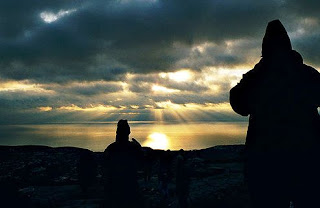
Cadillac Mountain in Maine is the first place in the U.S. to see the sun rise






